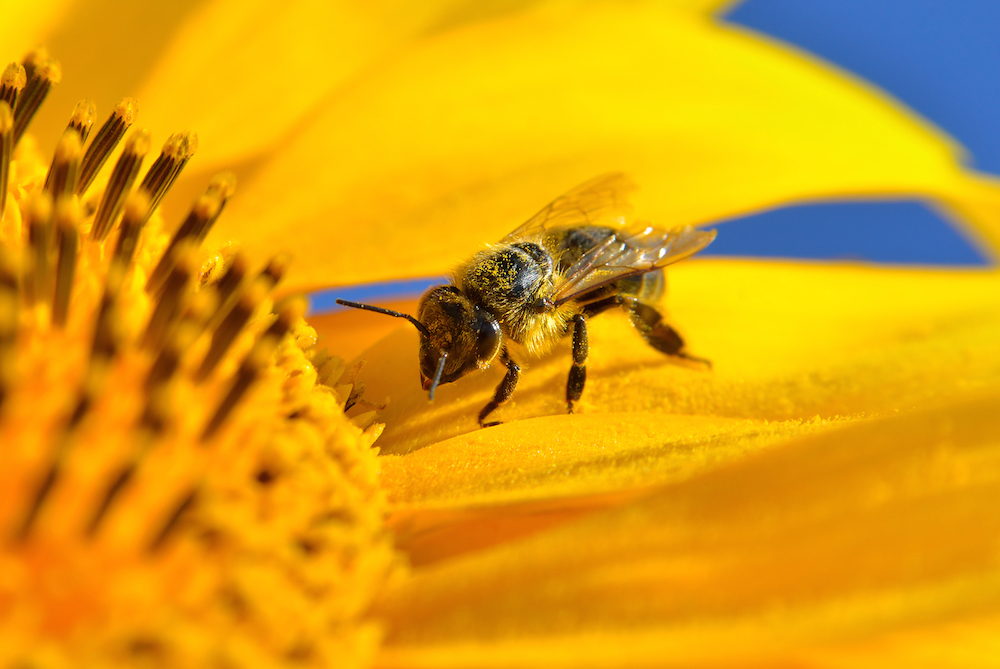Honey Bees

Identification
-
About ½” long
-
Hairy appearance
-
Orange-ish brown color (usually striped looking)
-
Females have stingers which they may use if provoked
-
Hindmost set of legs flattened to help carry pollen
Environment
-
Swarms start out on a tree branch before moving to a permanent site
-
Permanent sites include bee hives, hollow trees, hollow walls, attics, etc., essentially anywhere that is sheltered from the weather
Threats
-
May sting if provoked, harming the bee directly, or approaching the hive
-
May build nests inside structures, which if not removed properly can lead to damage (due to cooling honey seeping through sheet rock) or a secondary pest infestation
Treatment
-
Treatment is only done if the bees pose a threat, for example someone with extreme allergic reactions to stings, or if they are inside a structure
-
Treatment is generally removal of all of the insects and the hive, including the honey comb
-
Prevention is the best method, limit available nesting spaces and limit the number of attractive flowering plants in the area to discourage bees from entering the area at all
-
Bees are protected as pollinators, so treatment is only enacted when the bees are deemed a nuisance, and removal is always the first choice over other treatment options
LOCATIONS
We have service centers throughout Georgia, Tennessee, Alabama, Florida, North Carolina, and South Carolina.
HOURS
Service Centers: M-F 7:30AM - 5:00PM
Customer Care: M-F 6:30AM - 5:30PM
